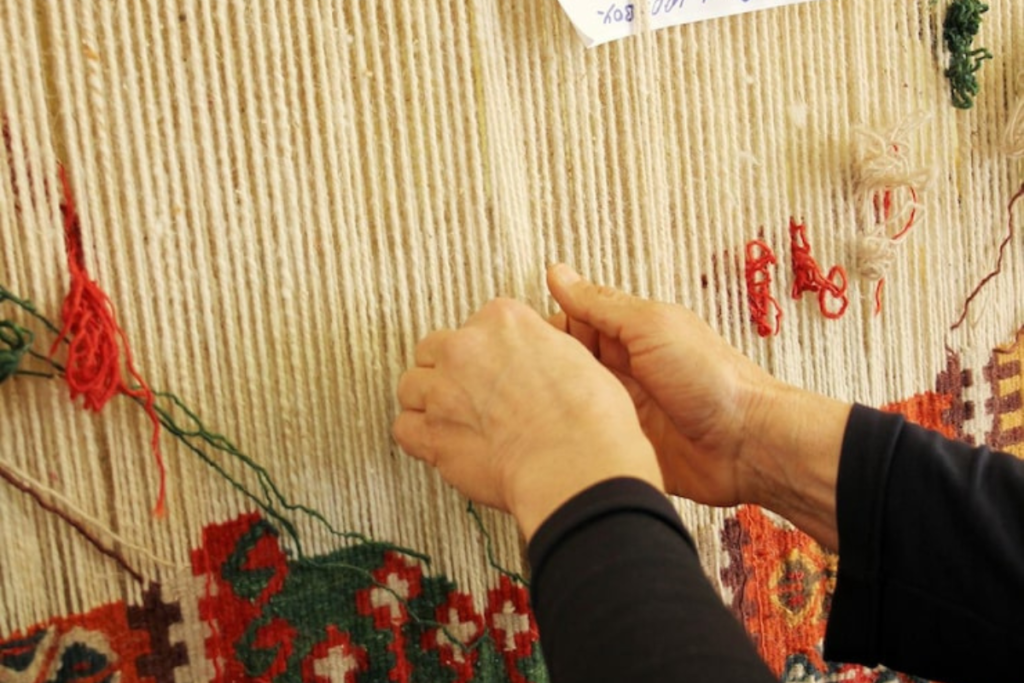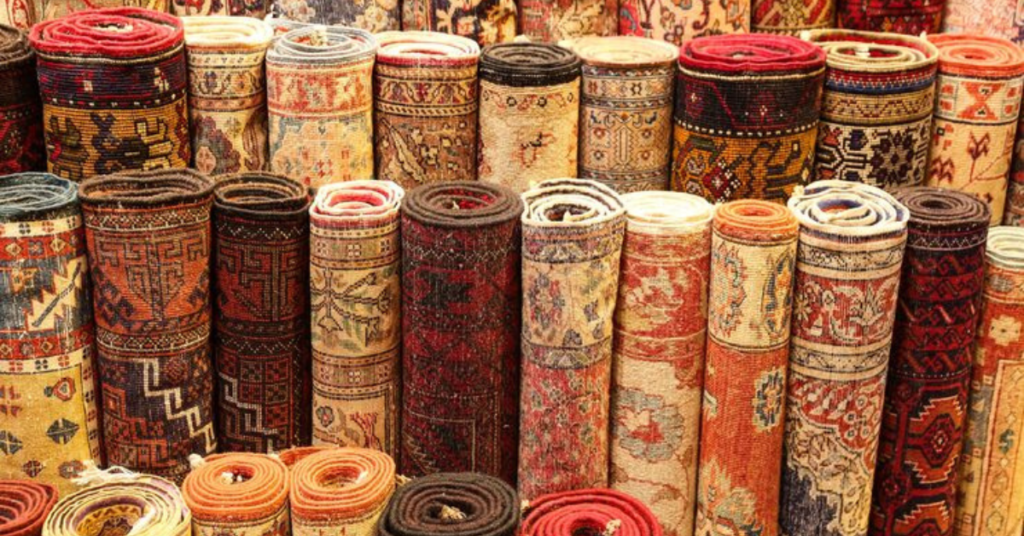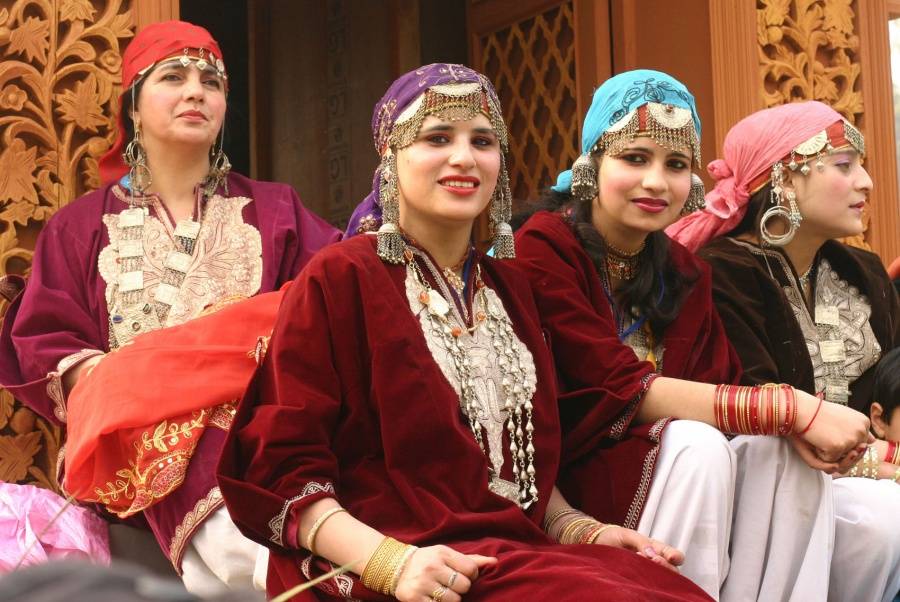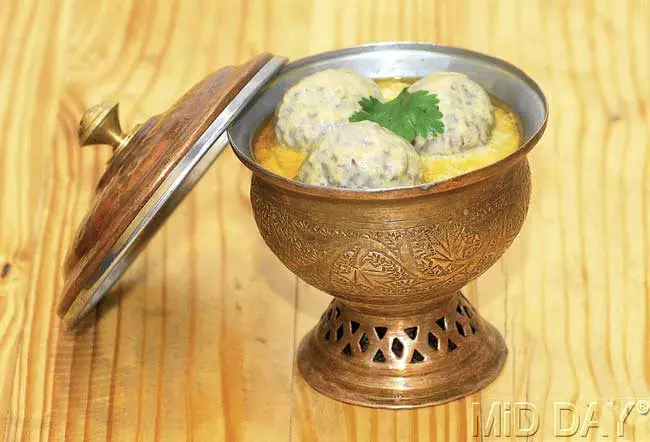Introduction
Kashmir, often referred to as Paradise on Earth, is famous not just for its stunning valleys and snow-capped mountains but also for its vibrant cultural heritage. From its traditional cuisine and clothing to its exquisite handicrafts, every aspect of Kashmiri culture showcases centuries of artistry and tradition. Among these treasures, Kashmiri carpets truly stand out.
These hand-knotted works of art are more than mere floor coverings; they embody the essence of Kashmiri identity, crafted with patience, skill, and creativity. In this article, we’ll delve into how Kashmiri carpets are intricately linked to the valley’s culture, exploring their history, artistry, and ongoing significance in today’s world.

Kashmiri Culture: A Blend of Heritage and Art
Kashmiri culture is a stunning blend of Persian, Central Asian, and Indian influences. Its charm lies in its ability to maintain traditions while celebrating artistry in everyday life. Whether it’s the cozy pheran, the lavish Wazwan feast, or the heartfelt melodies of Kashmiri music, the culture of Kashmir is experienced through art, hospitality, and community.
Among the many crafts that define this culture, carpet weaving stands out prominently. These carpets are not just decorative items; they are cultural storytellers that encapsulate the spirit of Kashmir’s artistic legacy.
History of Kashmiri Carpets: Roots in Culture
The story of Kashmiri carpets dates back to the 14th century when Sultan Zain-ul-Abidin invited Persian artisans to the valley. These skilled artisans shared their craft with local weavers, blending Persian designs with Kashmiri creativity. Over the years, carpets became an integral part of Kashmiri life, adorning homes, mosques, and royal courts alike.
Carpet weaving evolved into a cherished family tradition, passed down through generations. This transfer of skills reflects the Kashmiri commitment to preserving their rich cultural heritage.
The Art of Weaving: Culture in Every Knot
Kashmiri culture is beautifully defined by its patience and dedication, especially evident in the intricate craft of carpet weaving.
1. Design and Inspiration
The designs of these carpets are deeply intertwined with Kashmiri life. Motifs like the chinar leaf, paisleys, the tree of life, and geometric patterns draw inspiration from the stunning natural beauty and rich cultural symbols of the valley.
2. Hand-Knotting Process
Each Kashmiri carpet is meticulously hand-knotted, often featuring hundreds of thousands of knots packed into just one square meter. This craftsmanship not only adds a touch of luxury but also ensures these carpets are durable cultural treasures.
3. Colors and Natural Dyes
The colors used in these carpets reflect the essence of Kashmiri aesthetics — warm reds, earthy browns, calming blues, and rich greens — all derived from natural dyes. These hues beautifully capture the changing seasons of Kashmir.
In essence, the art of weaving serves as a bridge connecting artisans to their land, traditions, and cultural identity.
Types of Kashmiri Carpets
Kashmiri culture celebrates diversity, which is evident in the various types of carpets produced:
- Silk Carpets – Renowned for their luster and intricate craftsmanship, these carpets often find their place in royal settings.
- Wool Carpets – Soft, warm, and ideal for the chilly climate.
- Silk-on-Cotton Carpets – A perfect blend of durability and elegance, these are highly sought after by collectors.
Each type highlights the remarkable versatility of Kashmiri artisans and their ability to adapt to cultural needs.
Carpets as Symbols of Kashmiri Lifestyle
In Kashmiri homes, carpets are more than just decorative pieces; they symbolize status, warmth, and tradition. Often gifted during weddings, they are cherished as family heirlooms. For many, owning a Kashmiri carpet is a meaningful way to connect with their cultural heritage.
These carpets also embody the welcoming spirit of Kashmiri culture, where guests are greeted with warmth in rooms adorned with these artistic creations.
Economic and Cultural Importance
Carpet weaving is one of the oldest and most cherished crafts in Kashmir. It not only provides livelihoods for thousands of artisans but also plays a vital role in boosting the local economy. More than that, it helps to elevate Kashmiri identity on a global scale.
Even with challenges like machine-made imitations and a waning interest among the younger generation, genuine Kashmiri carpets continue to flourish because they embody the true essence of culture and artistry.
Global Recognition of Kashmiri Carpets
In places like Europe, the Middle East, and North America, Kashmiri carpets are seen as luxury items. Their distinctive designs and intricate hand-knotting techniques make them highly coveted by collectors. For many, these aren’t just handicrafts; they are cultural treasures that reflect the rich heritage of Kashmir.
Challenges and the Need for Preservation
Kashmiri culture is facing modern hurdles, and carpet weaving is no exception. Many young people tend to shy away from this demanding craft due to its low financial rewards. However, initiatives focused on skill development, online marketing, and fair-trade platforms are sparking renewed interest.
Preserving this art form is crucial, not just for the artisans but also for protecting the cultural identity of Kashmir.
Caring for Kashmiri Carpets
To keep their cultural and artistic value intact, carpets need some tender loving care:
– Shield them from direct sunlight.
– Vacuum them regularly, but do so gently.
– Steer clear of damp areas.
– Schedule professional cleaning every few years.
By following these steps, we can ensure that these cultural treasures endure for decades, continuing to symbolize Kashmiri heritage.
Conclusion
Kashmiri culture is a remarkable fusion of art, tradition, and lifestyle, and Kashmiri carpets are among its most exquisite expressions. Each knot weaves a tale of patience, creativity, and heritage.
In a world overflowing with mass-produced goods, Kashmiri carpets stand out as genuine cultural artifacts, bridging the past and the present. They encapsulate the values of Kashmiri culture—artistry, warmth, and timeless beauty—making them true treasures of Kashmir. Also read,
Kashmiri Shawls: The Pride of Kashmir’s Artistry and Tradition




